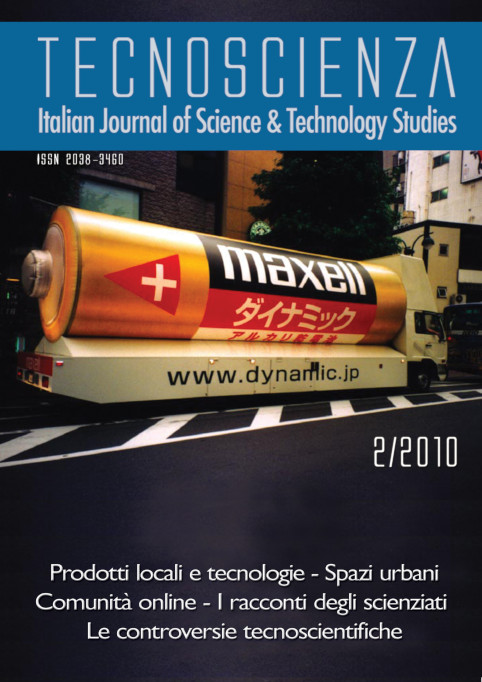Shadows and Lights on the Square. Cyclical Transformations of a Public Space. The Case of Piazza Politeama in Palermo
DOI:
https://doi.org/10.6092/issn.2038-3460/16935Keywords:
semiotics, urban space, social relations, lighting, visibilityAbstract
The aim of this article is to show which interactions may occur between two relevant elements of the urban space, road surface and lighting, in defining the sense of a place. Such elements are usually taken for granted and do not raise particular concern, except for aspects related to their practical functionality (especially for the road surface). In this paper they are considered as fundamental elements of the semiotic functioning of urban space. By taking an important square in Palermo, Piazza Politeama, as a case study, the analysis will show how the lighting conditions and the road surface of a specific place let its main social meanings emerge (even if these meanings may be redefined by collective practices). Starting from the acknowledgment of the social relevance of Piazza Politeama within the practices of city living, I will focus on the relation between the configuration of the square and its uses at different times of day and night. It will be demonstrated that, on the one hand, its pedestrian paving plays a central role in defining an open, public, collective, free space; on the other hand, the lighting system of the square reduces such universalising function in favour of other kinds of uses. Thus the square loses its main role of socialisation (values of sociality vs. commercial values; cultural values vs. values of safety). Every day Piazza Politeama transforms itself from one of the most relevant places of urban socialisation into an almost anonymous place, cyclically losing its original meaning in favour of other ones.





